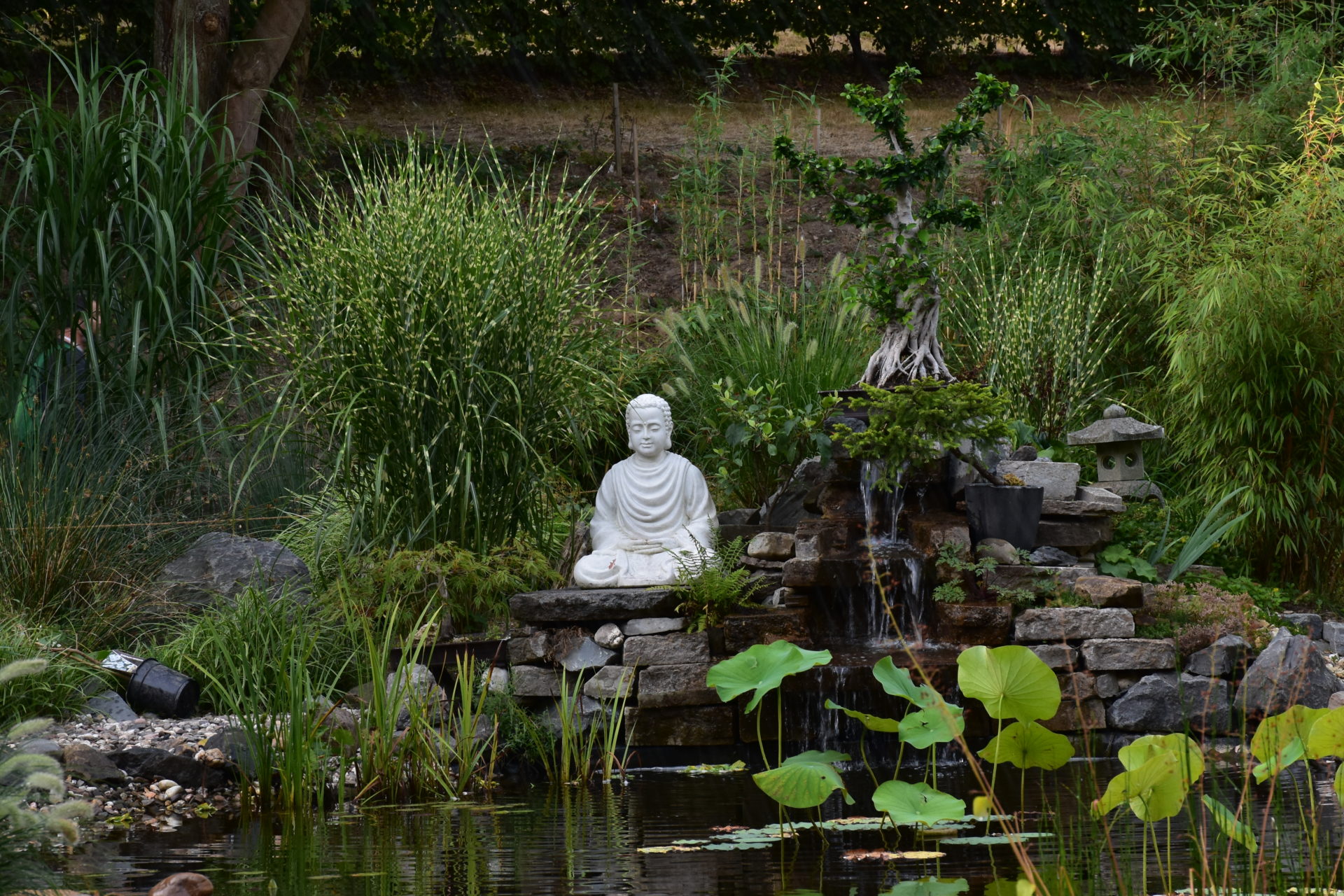By Joann M.

Aware of my suffering from sexual violence and clumsy attempts at love, I celebrate with great gratitude the gift of my relationship with my beloved husband, who is also committed to the mindfulness trainings and exploring deeper forms of love with me.
We met in Twelve Step recovery rooms when he was sober for three years and in a relationship with a beautiful young woman.
By Joann M.

Aware of my suffering from sexual violence and clumsy attempts at love, I celebrate with great gratitude the gift of my relationship with my beloved husband, who is also committed to the mindfulness trainings and exploring deeper forms of love with me.
We met in Twelve Step recovery rooms when he was sober for three years and in a relationship with a beautiful young woman. I was new, fragile, years older, still recovering from “around the clock” drinking for years and a five-year relationship with another alcoholic who tried to kill me. I wanted nothing to do with men the first two years of recovery. My future husband stayed away from me, other than going to many of the same meetings, especially a particularly powerful one for adult children of alcoholics. Our “knowing” one another began in silence, without one-on-one conversations, just sharing in groups that were saving our lives. We got to know who we were, our particular suffering in our families and our drinking years, what we wanted in life, and how to find support in a group of recovering alcoholics.
On his fifth sober anniversary, I invited him and two other friends from the program to go for a weekend to a rented mountain cabin in the Shenandoah Mountains. We had a great time, laughing, sharing stories of recovery, eating, and hiking. He fell in love that weekend, not with me but with this secluded mountain spot surrounded by a national forest. He was willing to visit it again whenever possible.
Over the next year, we hiked mountains, swam in waterfalls, and slept under stars—not as a couple, just as friends, usually accompanied by other friends. I had vowed to myself that I would never have sexual relations with a man again unless we were already in love. Sex without love was simply too painful for me. At one point early that year, as our friendship deepened, I asked him what we were doing, and he said, “Don’t worry. I’m not looking for a relationship with another alcoholic woman.”
By this time, he had broken off the relationship that had caused them both great suffering over several years. The experience had strengthened his ability to say “No,” to be clear about boundaries and his priorities in life. I grumbled a bit about his choice “to reject out of hand a huge number of wonderful women who would always be alcoholics, including me.” But his clarity also freed me to become friends without expectations, and to enjoy one another without the pressure of people-pleasing or sex, being a chameleon, wearing makeup while hiking, and being anything other than what I was: a recovering alcoholic with much suffering yet to transform.
One way we became comfortable with one another on long hikes in the mountains was through sharing silence. When climbing up a mountain or following one another through narrow wooded paths, we found ourselves not talking. We just enjoyed the trees, the rocks, the flowers, and the creeks. Long before we had a common meditation practice, we enjoyed being in nature or riding in a car in intentional silence.
I first learned about silence when, at age seventeen, I joined the convent. Three hundred women could never have coexisted, especially in some level of harmony, without silence almost all day. Silence was an acquired habit, one I came to value the rest of my life. Although we weren’t taught much about meditation then, the silence gave me skills in communicating with others and learning to love them without talking. I lost this comfort with being quiet, alone, and connecting with others in silence during my drinking years. But the joy returned on retreats with Thich Nhat Hanh and years of practice in community.
Today, after thirty years as a couple and members of Thay’s Sangha, we are often silent for many hours in our home. We begin every day in silence, journal in separate rooms, and then do Qi Gong and meditation together, giving one another space and time to transition from dreams to conscious connection with one another and the rest of the world. We share some work: teaching Qi Gong and other meditation classes, attending Twelve Step meetings, planning Sangha activities. However, we each have our own work that requires hours of time alone writing, working with sponsees, and organizing classes and retreats. We enjoy retirement from the stress of full-time jobs now, but we have work that is important to each of us. Silence in our home is the cradle that enables us to live a more mindful lifestyle whether we are eating, working together, or working separately.
When we visit homes where the television or radio is blasting in every room, where people interrupt and talk over one another, it gives us renewed gratitude for how quiet our home and our love have become. These changes have been gradual, supported by the principles of our recovery and mindfulness practices, often at the suggestion of our teachers. We attempt to practice (not always successfully) a popular saying from the Twelve Step rooms: “Does this need to be said? Does it need to be said by me? Does it need to be said now?”
Here are some other practices related to silence that we learned from other Sangha members and friends, and that have greatly enhanced our love relationship:
- Mindfulness bells that bring us back to our breath
- Silence as our regular default mode
- Some silence at meals
- Music as agreed, and original guitar music is especially welcome
- No television during the day, just one television program in the evening, which we both choose
- Long walks in nature that include plenty of silence
- Silence when there is strong emotion, anger, or the urge to lash out in self-defense or fear
- Walking or sitting together until talking is possible
- Deep listening and mindful speech
- Never going to bed with a resentment, if possible
- Keeping early morning and late evening special times for silence, rest, and peace of mind
Joy, one of the essential elements of true love, flourishes in our silence. We hope that all your love relationships rest in the cradle of silence, where love and joy have breath to grow.
Joann M., True Collective Practice, practices with the Washington Mindfulness Community in Washington, D.C., US. She and her husband, True Collective Beauty, offer classes and retreats filled with meditation, Qi Gong, and silence. You can visit their website at www.qicircles.com.

